The North Carolina Sustainable Business Council is a network of businesses and business associations that have committed themselves to the triple bottom line of People, Planet, and Profit.
What Is the Triple Bottom Line?
University of Wisconsin sustainable Management
All businesses must make money. But triple bottom line companies realize that they can do more. This idea has only recently gained traction in the corporate world, but now that it has, the triple bottom line is driving the decision-making of the world’s top brands.
Traditionally, business leaders concerned themselves with their bottom lines—or, the monetary profits their businesses made. Today, more leaders have begun to think sustainably. The triple bottom line theory expands the traditional accounting framework to include two other performance areas: the social and environmental impacts of their company. These three bottom lines are often referred to as the three P’s: people, planet, and profit.
Here is each “P” in more detail.
People
“People” considers employees, the labor involved in a corporation’s work, and the wider community where a corporation does business. Another way to look at “people” is, how much does a company benefit society? A triple bottom line company pays fair wages and takes steps to ensure humane working conditions at supplier factories.
Triple bottom line companies make an effort to “give back” to the community. For example, 3M partners with United Way to fund STEM education across the world. This initiative is an example of “enlightened self-interest”—acting to further the interests of others, ultimately, to serve one’s own self-interest. The community benefits, and 3M provides itself a well-educated source of scientists and innovators for generations to come.
Planet
A 2016 Gallup poll revealed that 64 percent of Americans are worried about global warming. Public opinion has dictated that enterprises that harm the environment should also bear the cost, and you can bet businesses are taking notice. The “planet” piece of the triple bottom line indicates that an organization tries to reduce its ecological footprint as much as possible. These efforts can include reducing waste, investing in renewable energy, managing natural resources more efficiently, and improving logistics.
For example, Apple has invested heavily in environmental sustainability. Its massive U.S. data centers are LEED certified. In 2016, the company announced that 93 percent of its energy comes from renewables. These actions have nudged other tech giants like Facebook and Google toward using more renewable energy sources to power facilities.
Profit
While every business pursues financial profitability, triple bottom line businesses see it as one part of a business plan. Sustainable organizations also recognize that “profit” isn’t diametrically opposed to “people” or “planet.” Swedish furniture giant IKEA reported sales of $37.6 billion in 2016. The same year, the company turned a profit by recycling waste into some of its best-selling products. Before, this waste had cost the company more than $1 million per year. And the company is well on its way to “zero waste to landfill” worldwide. According to Joanna Yarrow, IKEA’s head of sustainability for the UK, “We don’t do this because we’re tree huggers, we do this because it’s very cost effective.”
Benefits of the Triple Bottom Line
Though the triple bottom line has been around for decades, events such as the 2008 financial crisis, the BP oil spill, and climate change cast an almost constant spotlight on corporate ethics and corporate social responsibility. “Business as usual” now has a very different meaning.
For global companies, changing operations to minimize risk and fight climate change, for example, requires a lot of time and money. But an upfront investment in corporate sustainability can pay off. An MIT study found that companies that treated sustainability seriously—by making a business case for it and setting concrete goals—were the ones that profited from sustainable activities.
The success and profitability of corporate sustainability initiatives really depend on one thing: a talented employee who knows how to take the triple bottom line from theory to reality. This employee must have specialized knowledge of environmental science, accounting, and economics as well as leadership skills and the ability to use systems thinking to make strategic business decisions.
Sustainability is the future. And with this unique mix of experience and skills, sustainable managementprofessionals can build some of the most prosperous triple bottom line companies in the world.
____
What’s next?
Discover
Find out more about sustainable management.



